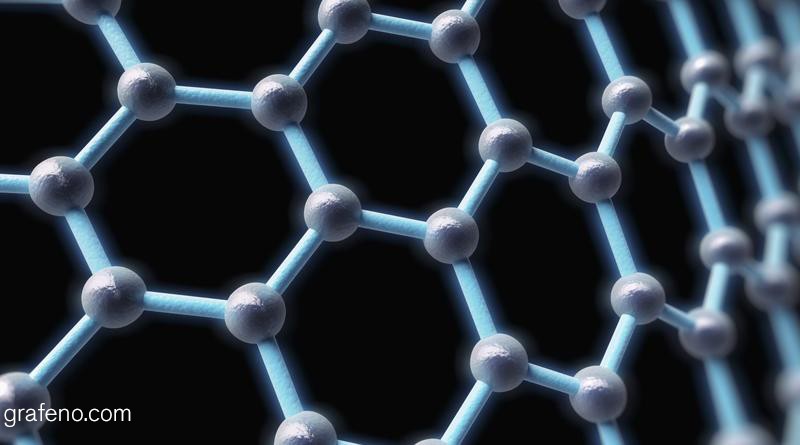

Graphene is the first 2D material synthesized by humans. It is a crystalline carbon film with the thickness of a single atom. It is related to other unique nanomaterials, such as carbon nanotubes, and the less glamorous, but better known and often used graphite (which is composed of multiple layers of graphene).
The letter of presentation of graphene is one of the best, if not the best, combination of existing theoretical properties into a single material, combining marks for mechanical properties (hardness and elasticity limits 1TPa and 20% elongation index, and extreme lightness of 0.77 mg/m2), and electrical and thermal conductivity (2000 W/mK). Its transparency and gas barrier effect are also noteworthy.
This puts graphene at the forefront as the most suitable material for developing a variety of products for many applications, potentially solving numerous current problems, such as cooling power electronics in computers and LEDs; above all it allows us to imagine solutions that do not yet exist and are very competitive. This is why graphene is interesting for industry in fields as diverse as consumer electronics, aeronautics, and medical applications, which has earned it the nickname as “the material of the future.”
![]()
In the medical setting, for example, different uses of graphene are being investigated, such as the generation of scaffold structures for cellular and tissular regeneration, its use in specialized targeted cancer treatments, or its use as a reinforcement material for implants and prostheses.
In any case, it is also true that these expectations have yet to take the form of real applications and there are still very few products on the market that incorporate graphene. On the one hand, theoretical graphene as an infinite crystalline single-atom monolayer does not exist as such. Many different materials are offered on the market as graphene, making it more of a large family of materials that are similar or related to graphene based on a variety of parameters that distance these materials from the theoretical ideal (crystal grain size, level of oxidation, and other defectology) and properties of graphene. On the other hand, diverse manufacturing processes are used, which affect the material and expand its capabilities, but so far have made it difficult to control and use the material on an industrial scale, where stability is at a premium (see illustration).
![]()
Moreover, previous experience with the difficulty of incorporating other promising nanomaterials into production processes and consumer products suggest that it will still take a few years before we enjoy products containing graphene on a large scale. The initial applications are likely to remain limited.
Despite the above caveats, we will not forego claiming that graphene and its variants are materials that have come to stay, and open the door to a new era of 2D materials that will change countless realities and have a huge impact on technology and the market in the not too distant future.